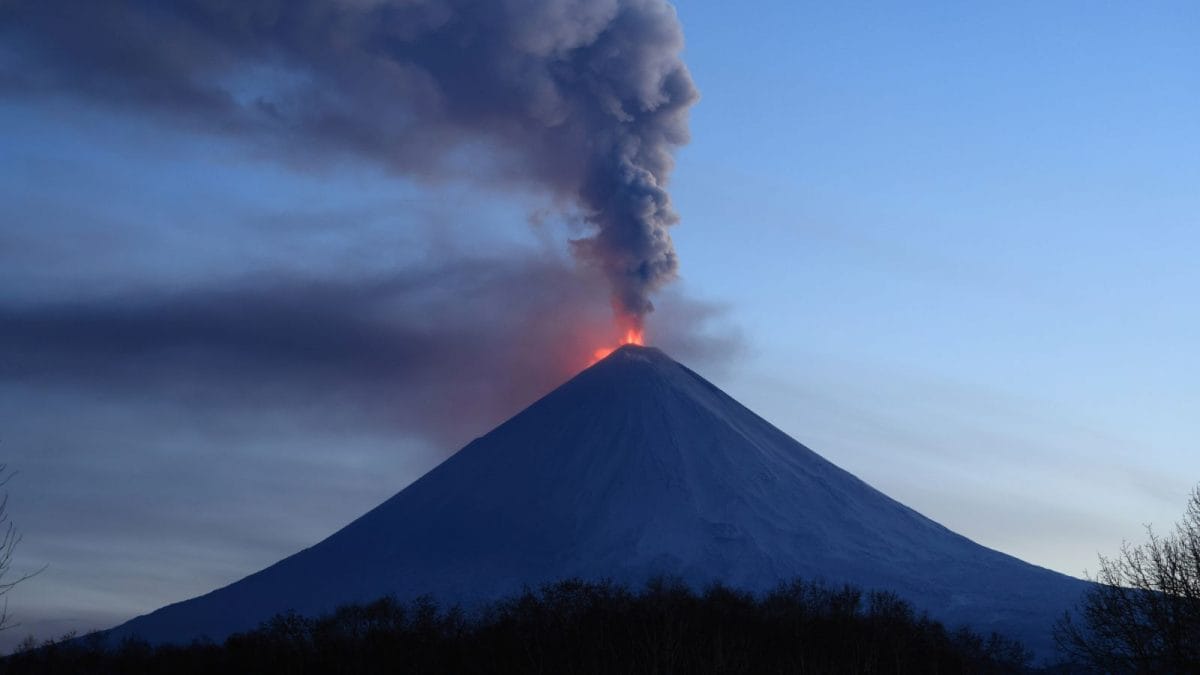- October 15, 2023
Delhi-NCR Trembles Twice in 15 Days, Why Does Capital Frequently Experience Earthquakes | Explained – News18

Two earthquakes in 15 days, and it is a routine seismic-activity day in Delhi-NCR. An earthquake of magnitude 3.1 struck Haryana’s Faridabad on Sunday, while strong tremors reverberated through the capital after a series of quakes, the strongest being of magnitude 6.2, shook Nepal in quick succession on October 3.
Delhi is unique in its placement that it trembles every three to four months as well as whenever there is an earthquake in the Himalayan region. The National Centre for Seismology said the one in Faridabad had its epicentre 9 km to the east and 30 km southeast of Delhi.
The quake, as usual, triggered panic among people in Delhi-NCR with many reporting vigorous shaking of furniture. Several social media users also shared visuals of people rushing out of residential buildings.
But, what makes Delhi-NCR so tremor-prone in the first place? The answer lies within. India is located in a seismically active region. But with a lot of microearthquakes occurring every day, the stored-up energy gets released, as per director OP Mishra of the National Centre for Seismology, ministry of earth sciences.
Let’s look at why Delhi, most particularly, experiences frequent seismic activity:
What are earthquakes, how do they happen?
The most visual identifier of an earthquake is violent shaking of the ground and everything over it. When it comes to aftershocks felt in the region from a big earthquake, it can range from strong tremors to mild shaking for a short period of time.
According to the National Disaster Management Authority, an earthquake occurs without warning and results from the “release of accumulated stress of the moving lithospheric or crustal plates”. The earth’s crust is divided into seven major plates, which move slowly and continuously over its interior and several minor plates.
Earthquakes are tectonic in origin, which means that the moving plates are responsible for their occurrence and the shaking. An earthquake can claim lives in densely populated areas and large-scale destruction to public and private property. This is especially true for India, with its increasing population and rampant construction that puts the country at high risk.
It is not like India has not had its share of major earthquakes. The NDMA website states that in the last 15 years, the country has experienced 10 major earthquakes resulting in more than 20,000 deaths.
What does India’s seismic activity look like?
The NDMA states that more than 59 percent of India’s land area is “under threat of moderate to severe seismic hazard”. The entire Himalayan belt is considered prone to earthquakes of magnitude exceeding 8.0 and, in a relatively short span of about 50 years, four such earthquakes have occurred: 1897 Shillong (magnitude 8.7); 1905 Kangra (magnitude 8.0); 1934 Bihar-Nepal (magnitude 8.3); and 1950 Assam-Tibet (magnitude 8.6).
Experts have warned of the likelihood of the occurrence of “very severe” earthquakes in the Himalayan region.
Regions of the country away from the Himalayas and other inter-plate boundaries were considered to be relatively safe at one point of time but that has changed in the recent past.
It was the Koyna earthquake in 1967 that led to the seismic zoning map being revised. This resulted in the non-seismic zone being deleted from the map, while areas surrounding Koyna were also redesignated to Seismic Zone IV, indicating high hazard. The Killari earthquake in 1993 led to further revision in which the low hazard zone or Seismic Zone I was merged with Seismic Zone II, and some parts of Deccan and Peninsular India were brought under Seismic Zone III designated as moderate hazard zone areas.
Here is how India’s total landmass area is divided into earthquake seismic zones:
Zone V: 11% (most active)
Zone IV: 18%
Zone III: 30%
Zone II: 41% (least active)
Delhi in ‘high risk’ Zone IV of India’s seismic zoning map
The Himalayan range, which are young fold mountains, are located in the northern and northeastern region. It was the Indian plate’s movement towards the Nepalese plate that led to their formation. Hence, this entire region frequently experiences earthquakes due to its location on the boundary (fault zones) of two massive tectonic plates. The collision of these plates renders both India and Nepal vulnerable.
Zone V of the seismic zoning map has the highest earthquake risk, including eight states and union territories. The Delhi-NCR region is in Zone IV. For the Delhi region, earthquakes in the range of 4 to 4.5 magnitude are common.
In the last 100 years, about 25 to 30 such earthquakes have already happened in Delhi without significant damage.
Delhi is in a position where it is not only affected by earthquakes in the Himalayan region but also has fault lines closer to it.
(With PTI inputs)







